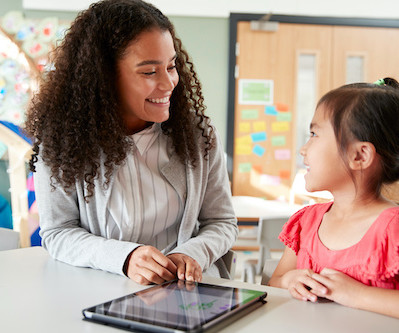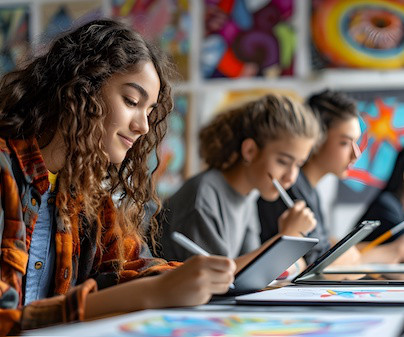Active Learning Strategies for Students
eSchool News
APRIL 5, 2024
Key points: Engage students actively for deeper learning and enhanced academic outcomes Enhance learning through active participation, collaboration, and critical thinking skills Stay up to date on the latest in classroom learning trends Active learning strategies engage students in the learning process, fostering deeper understanding and retention.
















Let's personalize your content